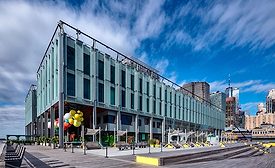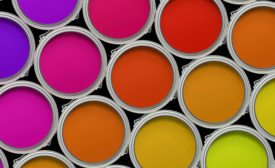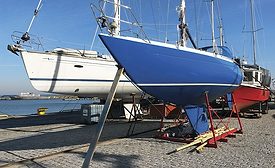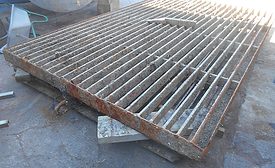Home » Marine Coatings
Articles Tagged with ''Marine Coatings''
New Protective Coating Dispensing Technology Can Improve Efficiency
Saves Labor, Material and Disposal Costs
Read More
Keep the info flowing with our eNewsletters!
Get the latest industry updates tailored your way.
JOIN TODAY!Copyright ©2024. All Rights Reserved BNP Media.
Design, CMS, Hosting & Web Development :: ePublishing










